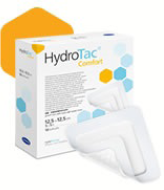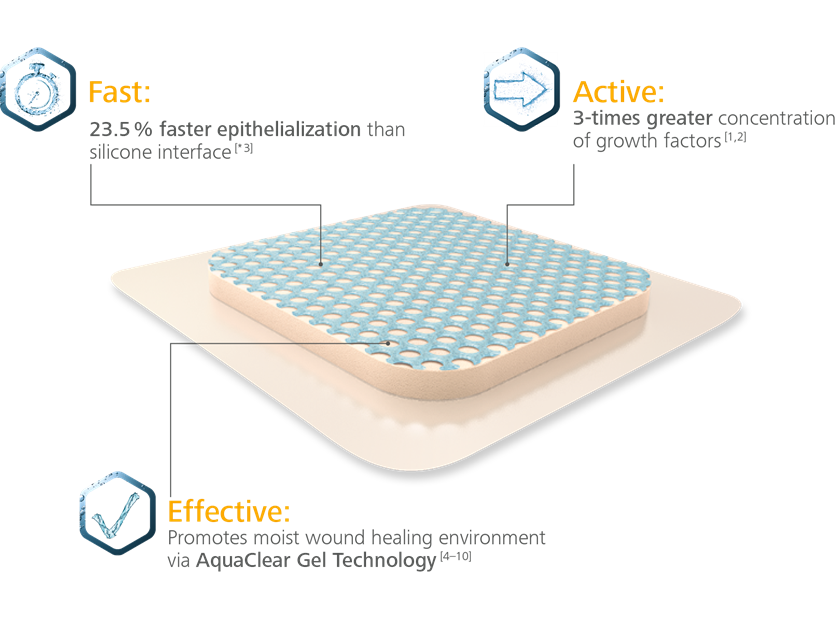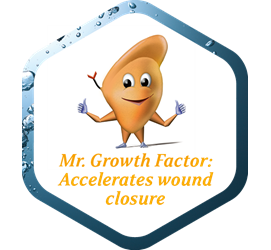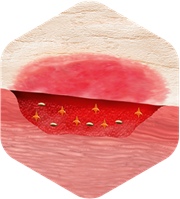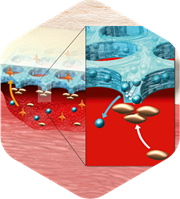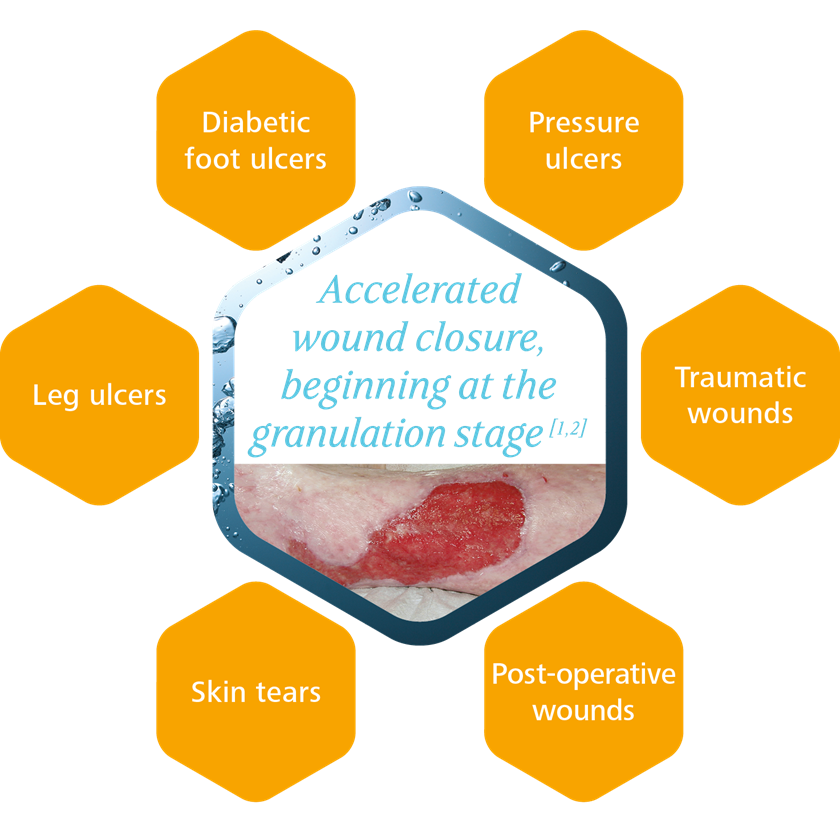References:
[1] Smola, H. (2016). Simplified treatment options require high-performance dressings – from molecular mechanisms to intelligent dressing choices. EWMA 2016. Bremen, 11-13 May, 2016.
[2] Smola, H. et al. (2016). Hydrated polyurethane polymers to increase growth factor bioavailability in wound healing. HydroTherapy Symposium: A New Perspective on Wound Cleansing, Debridement and Healing. London, 3 March, 2016.
[3] Smola, H. (2015). Stimulation of epithelial migration – novel material based approaches. EWMA Congress. London, 13-15 May, 2015.
[4] Ousey, K. et al. (2016). HydroTherapy Made Easy. Wounds UK 12(4).
[5] Knowles, D. et al. (2016). HydroTherapy® wound healing of a post amputation site. Wounds UK Annual Conference. Harrogate, 14-16 November, 2016.
[6] Smola, H. et al. (2014). Hydrated polyurethane polymers to increase growth factor bioavailability in wound healing. EORS Congress. Nantes, 2-4 July, 2014.
[7] Ousey, K. et al. (2016). Hydro-Responsive Wound Dressings simplify T.I.M.E. wound management framework. British Journal of Community Nursing 21 (Supplt. 12), pp. S39-S49. [8] Spruce, P. and Bullough, L. (2016). HydroTac®: case studies of use. HydroTherapy Symposium: A New Perspective on Wound Cleansing, Debridement and Healing. London, 3 March, 2016.
[9] Spruce, P. et al. (2016). A case study series evaluation of HydroTac®. HydroTherapy Symposium: A New Perspective on Wound Cleansing, Debridement and Healing. London, 3 March, 2016.
[10] Smola, H. et al. (2016). From material science to clinical application – a novel foam dressing for the treatment of granulating wounds. HydroTherapy Symposium: A New Perspective on Wound Cleansing, Debridement and Healing. London, 3 March.
[11] Pastar, I. (2014). Epithelialization in Wound Healing: A Comprehensive Review. Advances in Wound Care, Volume 3, Number 7, pp. 445-464.
* Compared to silicone interface, in-vivo study
** Case report, 2015, data on file
